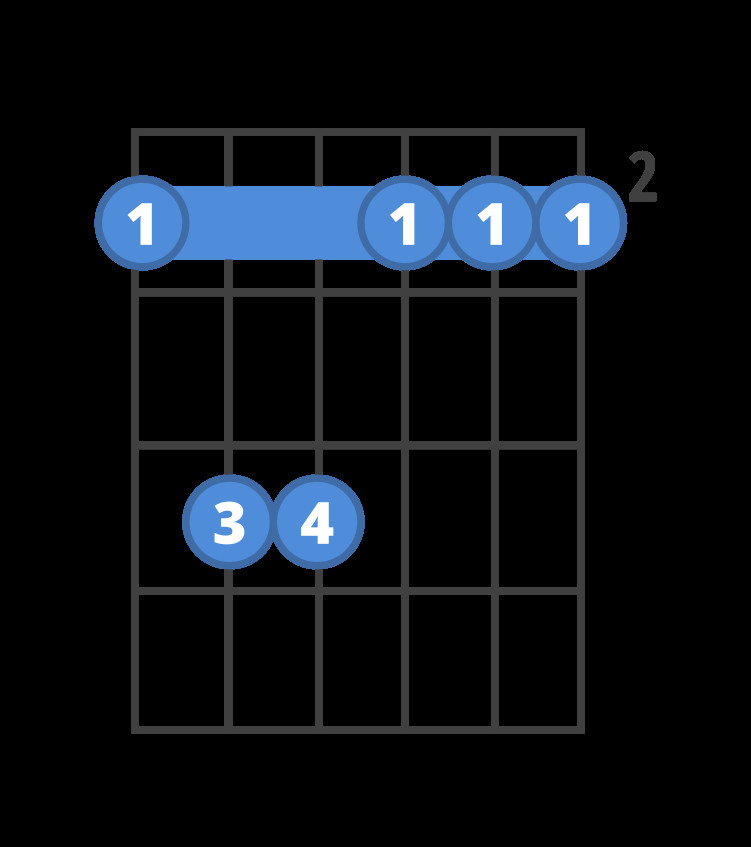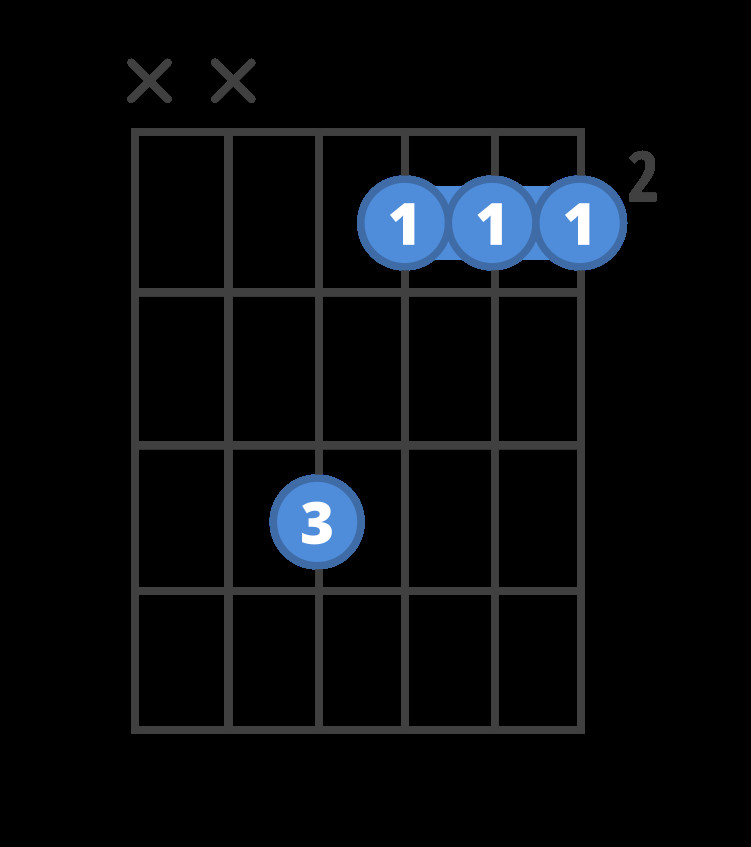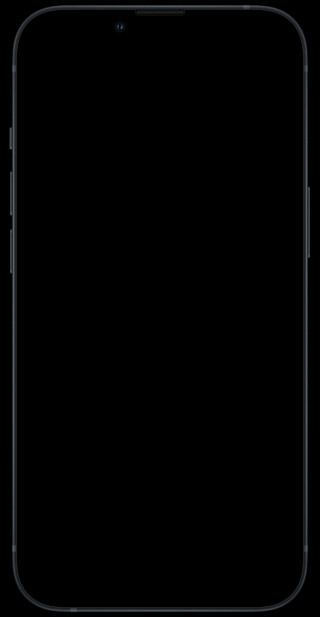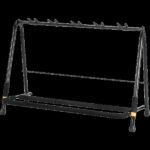Navigating the world of guitar chords can be exciting, but some chords present more of a challenge than others, especially for beginners. The F sharp minor chord, often written as F#m, is a common hurdle for new guitar players. If you’ve been struggling to get your fingers around this chord, you’re definitely not alone! It’s actually one of the most frequently searched guitar chords online.
Why the fuss about F#m? The most typical way to play it involves a barre, where one finger needs to press down multiple strings at once. Barre chords require finger strength and dexterity that develop over time with consistent practice. But don’t let that discourage you! The good news is that there are multiple ways to play the F#m chord, including some beginner-friendly versions that avoid the full barre altogether.
In this guide, we’ll explore three distinct ways to play the F Sharp Minor Guitar chord, starting with the standard barre method and progressing to easier alternatives. Whether you’re just starting your guitar journey or looking for simpler chord voicings, we’ve got you covered.
The Standard F#m Barre Chord: A Classic Approach
This is the version of the F#m chord you’ll likely encounter most often in chord books and online resources. It’s a foundational barre chord shape that, while initially challenging, is incredibly useful to master as you progress in your guitar playing.
 Chord diagram for the standard F sharp minor guitar chord.
Chord diagram for the standard F sharp minor guitar chord.
Image alt text: F sharp minor guitar chord diagram, standard barre version, showing finger positions on the fretboard.
Let’s break down how to form this F sharp minor guitar chord:
- Index Finger Barre: Place your index finger across all six strings at the 2nd fret. Ensure you’re pressing down firmly just behind the fret to get a clean sound from all strings. This barre is the foundation of the chord shape.
- Ring Finger on the 5th String: Position your ring finger on the 4th fret of the 5th string (A string). Press down firmly with the pad of your finger.
- Pinky Finger on the 4th String: Place your pinky finger on the 4th fret of the 4th string (D string). Position it just behind the fret and apply firm pressure.
- Strumming: Strum all six strings from the 6th string (thickest string) downwards.
Why is this F#m Barre Chord Difficult?
The main challenge lies in the barre. Beginners often struggle to apply enough consistent pressure with their index finger across all six strings to produce a clear, buzz-free sound. It takes practice to build the necessary finger strength and develop the correct technique.
Tips for Mastering the Standard F#m Barre:
- Finger Placement: Ensure your index finger is placed just behind the 2nd fret. This requires less pressure than fretting in the middle of the fret space.
- Elbow Position: Experiment with your elbow position. Bringing your elbow slightly closer to your body can increase finger pressure.
- Finger Angle: Make sure your index finger is slightly angled towards the headstock of the guitar. This can help distribute pressure more evenly across the strings.
- Practice in Short Bursts: Barre chords can be tiring at first. Practice in short intervals and give your hand breaks to avoid strain.
- Patience is Key: Don’t get discouraged if it doesn’t sound perfect right away. Consistent practice will build your strength and technique.
Easier F#m: The Mini Barre Version for Guitar
If the full barre F#m feels too challenging at this stage, there’s a fantastic modification that simplifies things significantly. This version uses a smaller barre, making it much more manageable for developing barre chord technique.
 Chord diagram for the easier F sharp minor guitar chord with a mini barre.
Chord diagram for the easier F sharp minor guitar chord with a mini barre.
Image alt text: Simplified F sharp minor guitar chord diagram, mini barre version, easier chord shape for beginners.
Here’s how to play this easier f sharp minor guitar chord:
- Mini Barre (Strings 1-3): Place your index finger to barre across just the first three thinnest strings (E, B, G strings) at the 2nd fret. Focus your pressure on these strings.
- Ring Finger on the 4th String: Place your ring finger on the 4th fret of the 4th string (D string).
- Strumming: Strum only the thinnest four strings (D, G, B, E strings). Avoid strumming the thicker E and A strings.
Advantages of the Mini Barre F#m:
- Reduced Barre Pressure: Barring only three strings requires significantly less finger strength, making it much easier for beginners.
- Faster Transition: This smaller barre is quicker to set up, allowing for smoother chord changes.
- Great Practice for Full Barres: It’s an excellent stepping stone to build strength and coordination for full barre chords.
When to Use the Mini Barre F#m:
This version is perfect for practice and for songs where a full, bass-heavy F#m isn’t necessary. It still provides the essential minor quality of the chord and works well in many musical contexts.
No Barre F#m: The Simplest Guitar Version for Beginners
For absolute beginners, or when you need the simplest possible voicing of the f sharp minor guitar chord, the no-barre version is your best friend. This version only uses three fingers and doesn’t require any barre at all!
- Index Finger on 3rd String: Place your index finger on the 2nd fret of the 3rd string (G string).
- Middle Finger on 2nd String: Place your middle finger on the 2nd fret of the 2nd string (B string).
- Ring Finger on 1st String: Place your ring finger on the 2nd fret of the 1st string (high E string).
- Strumming: Strum only the thinnest three strings (G, B, E strings). Crucially, avoid strumming the thicker A, D, and low E strings.
Key Point: String Selection is Crucial
The most important aspect of this no-barre F#m is to only strum the top three strings. Strumming the thicker strings will muddy the sound and won’t produce the correct F#m chord.
Limitations of the No Barre F#m:
- Thinner Sound: This version is the thinnest sounding of the three, lacking the depth and resonance of the barre versions.
- Limited Contexts: While useful for practice and very simple songs, it might not be suitable for all musical styles or situations where a fuller chord sound is desired.
When to Use the No Barre F#m:
Use this version when you are just starting out, focusing on finger placement accuracy, or when playing very simple songs where a full sound isn’t essential. It’s a great way to get the essence of the F#m chord under your fingers without the barre challenge.
Level Up Your Barre Chords
 Barre chords lesson image.
Barre chords lesson image.
Image alt text: Guitar lesson advertisement for barre chords, featuring a hand playing barre chords on a guitar fretboard.
Ready to conquer barre chords and make F#m and other barre chords a breeze? Mastering barre chords opens up a world of guitar playing possibilities, allowing you to play a vast range of chords and songs. Dedicated practice and the right guidance are key.
Explore comprehensive lessons specifically designed to demystify barre chords. These resources offer step-by-step instructions, helpful tips for eliminating fret buzz, and techniques for smooth chord transitions.
Practice Makes Perfect: F#m Guitar Chord Drills
 Guitar practice games on iPhone.
Guitar practice games on iPhone.
Image alt text: Mobile app interface displaying guitar chord practice games on an iPhone screen.
To truly learn the F#m chord and commit it to muscle memory, consistent practice is essential. Interactive practice tools can make the learning process more engaging and effective.
Guitar Chord Games:
Games are a fun way to drill chord changes and improve your speed and accuracy. Consider using guitar practice apps that listen to you play and provide real-time feedback.
ChordPOP!: F#m Practice Game »
Blackjack: F#m, A, D, E Chord Game »
Smart Flashcards for Chord Transitions:
 Guitar practice games on iPhone.
Guitar practice games on iPhone.
Image alt text: Guitar chord flashcard app interface on iPhone, displaying F#m and A major chords for practice.
Smoothly transitioning between chords is a crucial skill for guitarists. Flashcards, especially smart digital flashcards, can help you practice changing between F#m and other common chords efficiently.
Practice Chord Combinations:
- F#m and A: This is a very common chord pairing in songs. Practicing the transition between F#m and A major is highly beneficial. Practice F#m and A Flashcards »
- F#m, A, D, and E: Once you’re comfortable with F#m and A, expand your practice to include D major and E major. This four-chord progression is incredibly common in countless songs. Practice F#m, A, D, E Flashcards »
Conclusion: F Sharp Minor Guitar Chord Mastery is Within Reach
The f sharp minor guitar chord might seem daunting at first, especially the barre versions. However, by breaking it down into manageable steps and exploring these three different approaches – the standard barre, the mini barre, and the no-barre option – you can progressively build your skills and confidence.
Remember, consistent practice is the key to success. Start with the easiest version that feels comfortable, and gradually work your way towards the full barre F#m as your finger strength and technique improve. With dedication and the right resources, you’ll be playing the f sharp minor guitar chord smoothly and confidently in no time! Keep practicing, and enjoy the journey of learning guitar!


